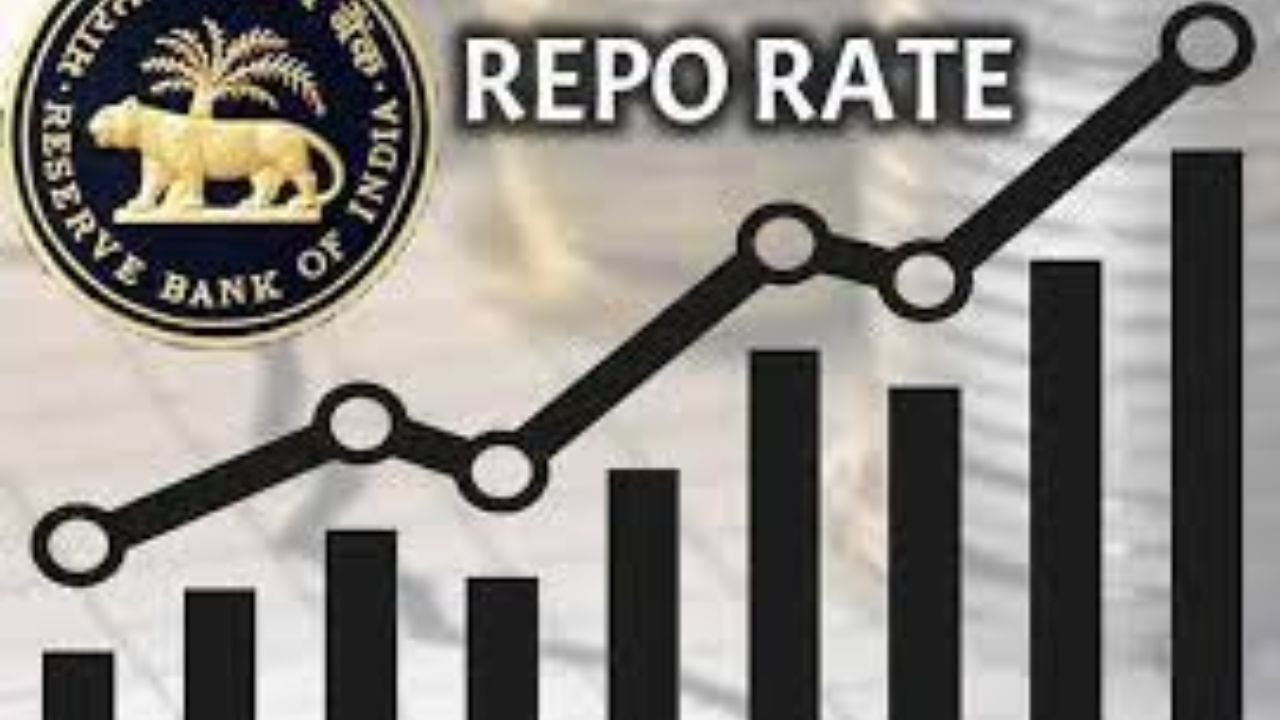What is Repo Rate? Know Definition and Current Repo Rate of RBI
It refers to the interest rate at which a nation’s central bank loans money to its commercial banks.

About repo rate: Repurchase option or repurchase agreement are related terms in banking. In times of inflation, central banks raise the repo rate because doing so discourages banks from borrowing from them. In the end, this lowers the amount of money available to the economy, which aids in halting inflation.
These short-term loans are made available by the central bank in exchange for securities like Treasury Bills or Government Bonds. The central bank employs this monetary policy to reduce inflation or boost bank liquidity.
It refers to the interest rate at which a nation’s central bank loans money to its commercial banks. The Reserve Bank of India (RBI), which is India’s central bank, uses the repo rate to control the economy’s liquidity.
About Reverse Repo Rate
When it is necessary to limit borrowing and control prices, the government raises the repo rate. On the other hand, the repo rate is lowered when additional capital is required to support market expansion.
A change in the repo rate eventually has an impact on public borrowings like home loans, EMIs, etc. because it forces commercial banks to pay higher interest rates for the money that is lent to them.
Numerous financial and investment instruments are indirectly reliant on the repo rate, from the interest commercial banks charge on loans to the returns on deposits.
Reverse Repo Rate: This is the fee that a nation’s central bank charges its commercial banks for storing their surplus funds there.
To control the movement of money in the market, the central bank (in India, the RBI) also employs a monetary policy known as the reverse repo rate.
About the current repo rate
In times of necessity, a nation’s central bank will borrow money from private banks and pay them interest at the current reverse repo rate. The RBI’s reverse repo rate is often less expensive than the repo rate at any particular time.
The reverse repo rate is used to control cash flow in the market, whereas the repo rate is used to control liquidity in the economy.
To encourage commercial banks to deposit money with the central bank and receive interest when there is inflation in the economy, the RBI raises the reverse repo rate.
In consequence, this removes too much money from the market and lowers the amount of cash that is accessible for borrowing by the general people.
Details of repo rate
The repo rate is the cost at which commercial banks borrow money when they need it from a nation’s central bank, in this case, India’s Reserve Bank of India (RBI). The interest rate paid to commercial banks when they deposit surplus cash in the central bank or when the central bank borrows money from them is known as the reverse repo rate, on the other hand.
The RBI’s repo rate is 4% as of April 2021, and its reverse repo rate is 3.35%. In May 2020, the repo rate was lowered from 4.4% to 4% by 40 basis points, while the reverse repo rate was set at 3.35%.
To suit the current economic environment, the RBI has maintained these important rates steady for the past five sessions.
